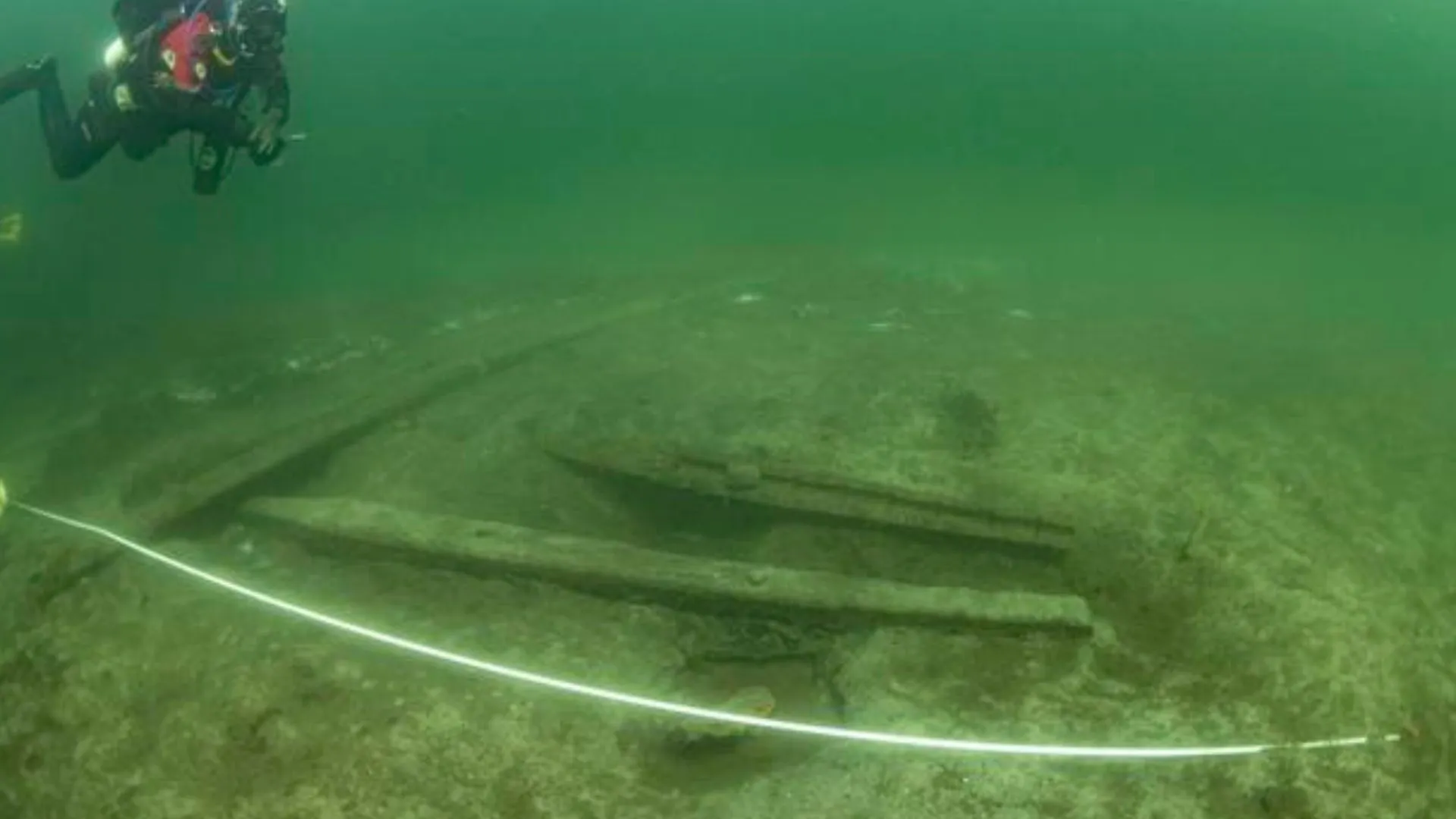
Archaeologists have revealed key details about the artillery aboard the royal Danish-Norwegian flagship Gribshunden, a late medieval vessel.
The carvel-built warship is considered the world’s best-preserved vessel from the Age of Exploration (from the early 15th to the 17th century).
The ship was a key piece of technology for its time, similar to those used by explorers like Christopher Columbus and Vasco da Gama.
The Gribshunden was armed with at least 50 small-caliber guns that fired lead shot with an iron core.
These weapons were used for anti-personnel purposes at close range, to kill or injure enemy crew before boarding and capturing their ship.
A team from Lund University in Sweden, led by Professor Nicolo Dell’Unto, studied 11 of these weapons to understand the evolution of ship-gun technology.
The guns were digitally recreated using 3D models of the shapes left behind in the wooden gun beds.
It provides a unique look into the combination of carvel-built ships and advanced naval artillery that enabled European colonization and global dominance.
Flattened shot point of explosion
The Gribshunden shipwreck is said to be the most complete example of a late medieval carvel warship yet discovered.
After 1492, ocean-going ships like the Gribshunden and their artillery became essential technologies for European explorers.
Built between 1483 and 1484, the Gribshunden served as the personal “floating castle” of King Hans of Denmark and Norway.
Unlike other monarchs who used similar ships for exploration, he used it for royal travel and as a base for economic, diplomatic, and cultural activities.
The Gribshunden served King Hans for ten years before it mysteriously sank off the coast of Ronneby, Sweden, in June 1495.
Historical records and eyewitness accounts state that an explosion and fire destroyed the ship while it was anchored off the Swedish town of Ronneby.
Evidence from the wreck supports this. Some of the 22 lead artillery shots found on the shipwreck appeared flattened on one or two sides.
The new study suggests that the ship probably sank from an explosion, which caused the shots stored near gunpowder to fly around and get flattened.
At the time of the sinking, the king was on land for a political summit to unite the Nordic region.
No expansion into the Americas
European colonization worldwide directly resulted from voyages to America and into the Indian Ocean through the Cape of Good Hope.
Even though Denmark and Norway had a history of exploration and the advanced technology to compete, they didn’t participate in the expansion to the Americas.
This was likely due to two main reasons: King Hans was primarily focused on consolidating his power in the Baltic region.
Another major reason Denmark didn’t focus on the Americas was a 1493 papal bull from Pope Alexander VI.
This decree, known as “Inter Caetera,” gave Spain the rights to the Americas, and a subsequent treaty gave Portugal the Indian Ocean.
Before the Protestant Reformation, the threat of excommunication for ignoring a papal order was a powerful deterrent.



